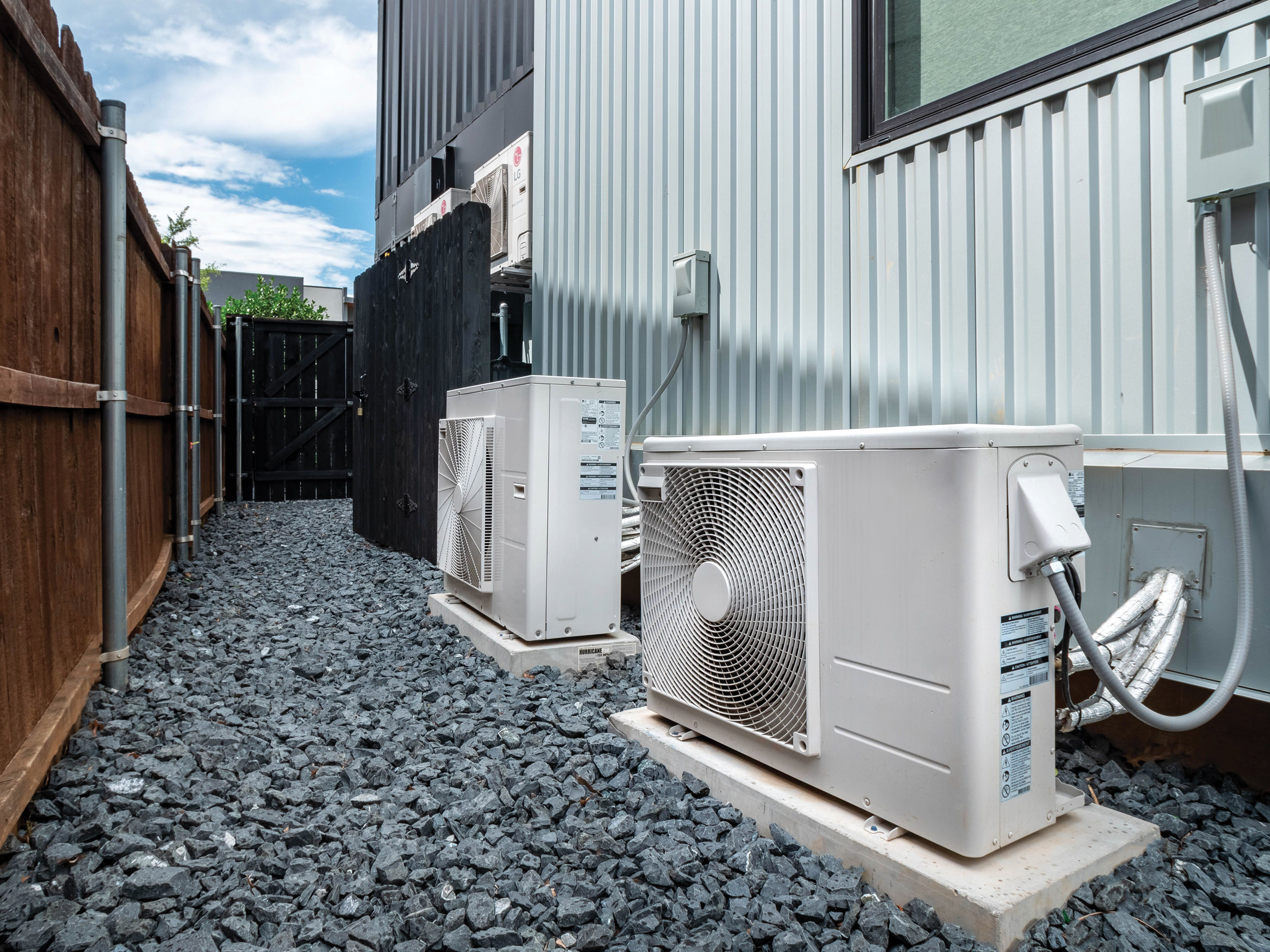Dual Fuel Heat Pump Technology
Learning Objectives:
- Explain how a dual fuel heat pump functions.
- Discuss economic and environmental incentives for dual fuel heat pumps.
- List some of the most recent advancements in hybrid heating systems for residential HVAC.
- Respond to concerns that customers may raise about heat pumps’ ability to heat and cool their homes.
Credits:
Below are a set of links to articles. Click on each link below to read the articles and then complete the quiz to earn your credit and certificate of completion.
Dual fuel systems, with their combination of an all-electric heat pump and gas furnace, give homeowners the best of both worlds: comfort and energy savings, topped off with a healthy dose of saving the planet. This course examines the benefits of dual fuel heat pump technology, including product examples from leading HVAC manufacturers. It provides advice for contractors and technicians on how to explain and sell dual fuel heat pumps, plus what incentives are currently available to their homeowner customers.
Dual Fuel Heat Pumps: By the Numbers
With a functioning furnace as a safety net, homeowners can take a huge step toward reducing their home’s carbon footprint without having to worry about sacrificing warmth in the winter. This article provides strategies on explaining the technology in a kitchen table conversation.
Hannah Belloli
Dual Fuel HVAC Systems Offer Economic, Environmental Efficiency
Dual fuel heat pumps can be programmed to optimize their economic or environmental impacts according to a homeowner’s utility goals. This article outlines the federal, state, and local incentives available that encourage heat pump adoption.
Herb Woerpel
Hybrid Heat Pumps Offer Practical Compromise
Taking a gradual approach to the electrification transition allows for both environmental progress and consumer (and contractor) readiness. In this article, ACHR NEWS editor Joanna Turpin speaks to several leaders in the HVAC industry who are making the case for hybrid systems.
Joanna Turpin
How Do Dual Fuel Heating Systems Work?
Knowing when to install dual-fuel heat pump systems depends on various factors, including climate conditions, energy costs, and the specific heating needs of a property. This article provides a contractor perspective on some scenarios where dual-fuel heaters may be particularly advantageous.
Hazel Hale
Residential Heating Scene Shows Mix of Cold Climate Heat Pumps, Furnaces
Factors like the Inflation Reduction Act (IRA) and its 25C tax credits, plus incentives from utilities all across North America, are leading the push for heat pumps, whether it’s a standard traditional heat pump in the in the south or southeast, a cold climate heat pump in the north, or — for the heat pump sceptics — a dual fuel application that works with a furnace. This article provides an update on heat pump trends and equipment from a recent AHR Expo.
Maria Taylor

Photo courtesy of LG HVAC







